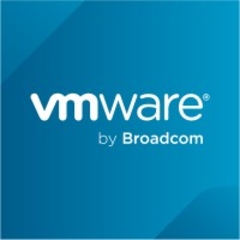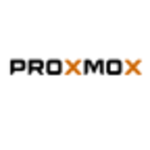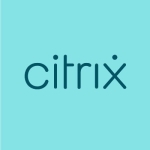What is our primary use case?
We use vSphere for our production and DR infrastructure. We have all our critical machines on there: domain controllers, monitoring systems, ticketing systems, financial systems, billing systems, Test and Dev environments. For the most part, as far as vSphere is concerned, it's performed pretty awesomely. Sometimes the hardware doesn't work as well.
Once we got VMware vCenter, once we got all that setup - did a PoC, proved that it worked - we did a big push. I led the project to move our entire internal infrastructure from physical to virtual.
We haven't worked with VM Encryption or support for TPM and VBS.
How has it helped my organization?
Between vMotion and all the HA, it has made my life a lot easier, and similarly for a lot of my colleagues, and my boss.
What is most valuable?
The most valuable features are the seamless HA with vMotion and being able to run vCenters in HA mode. We use a company called SimpliVity, it's a hyperconverged system that sits on top of VMware. They have a product called RapidDR which automates the entire DR process for us. So in a DR event, we just run a script, and that's it. Between vMotion and vCenter, everything moves over to the DR environment.
Also, once you start using it and you get your hands dirty with it, it's very intuitive. I find the menus make sense. Other UIs, specifically Salesforce, for example, can sometimes be weird. Things are in weird places, there are a lot of menus, a lot of dropdowns. Especially, in the new HTML5 Client with vSphere and vCenter, everything is pretty straightforward and easy to find and easy to use.
What needs improvement?
I'd like to get rid of the Flash Client. There are still some things that require us to go into it and use it, some plugins and other things aren't supported in the HTML5. I love the HTML5 Client. I think it's a lot smoother, a lot faster. Version 6.5 was kind of slow. From our testing, from what I've seen, 6.7 is supposed to be better. That would be my biggest complaint right now: that the 6.5 Flash Client is slow. It takes a while to load.
What do I think about the stability of the solution?
It's very stable. We had one "pink screen," which is basically equivalent to the "blue screen" in Windows, and that was hardware-related.
What do I think about the scalability of the solution?
The scalability has been good, as far as the vSphere and vCenter go. We've had to add more hardware, but it's scaled pretty well. We haven't really had any issues with it.
Which solution did I use previously and why did I switch?
The move to vSphere was really just a business-continuity initiative. Vestmark makes a financial platform. It's important that we are able to be up as much as possible.
I work on the internals teams, so none of the stuff that I work with is customer-facing, but for our customer-facing teams to be able to correctly support customers, our internal side has to be up as much as possible. It was really just business-continuity, coming down from the executive level, saying, "We need as much HA as possible. We want our systems to be up as much as possible because we need to support our customers as best we can."
When you're looking at HA and seamless DR and the like, there's really one decision, and that's going virtual, whether it's on-prem or in the Cloud. VMware has been a leader in the virtual industry for years. It was a pretty simple decision to go with VMware.
How was the initial setup?
It took some time to really research vSphere as a whole, as far as what the best setup would be for our company, for both the present and the future growth of the company, and to correctly size it. There was a lot of research beforehand that needed to be done to get to the appropriate solution. Once that work was done, the actual install and implementation of it were very smooth, for the most part.
What was our ROI?
When I first started at Vestmark, a little over four years ago, everything was physical. We had a row of about seven to ten racks - I forget the exact number - of just physical machines. After going virtual, using VMware, vCenter on Cisco UCS, we dropped that down to two racks.
What other advice do I have?
Take your time to do the appropriate research and planning, so that it's sized appropriately. A lot of issues that I've seen are from either underlying hardware or resource constraints that aren't necessarily related to vSphere or VMware, rather that things weren't implemented appropriately.
We do not you use VMware Cloud on AWS. Right now we just have on-prem for both production and DR. We are starting to move some small Dev environments to AWS. I haven't been a part of that project. From what I hear, there have been some ups and downs but, for the most part, I believe there has been positive feedback.
I would rate vSphere a nine out of ten. Ten means everything is perfect. As much as everyone tries to strive for that goal, it's unattainable because there are just so many moving parts, hardware, software, user input, end-users. It's the best that it can be in a nonperfect world.
Disclosure: My company does not have a business relationship with this vendor other than being a customer.
















